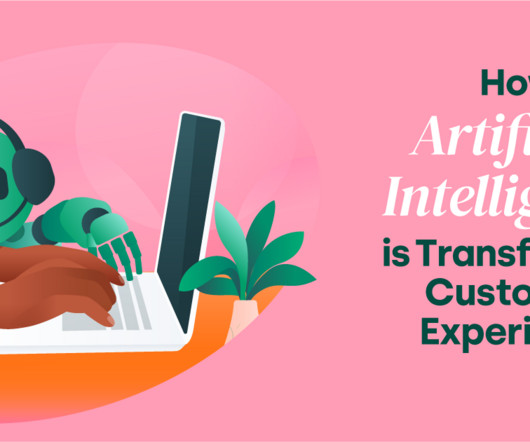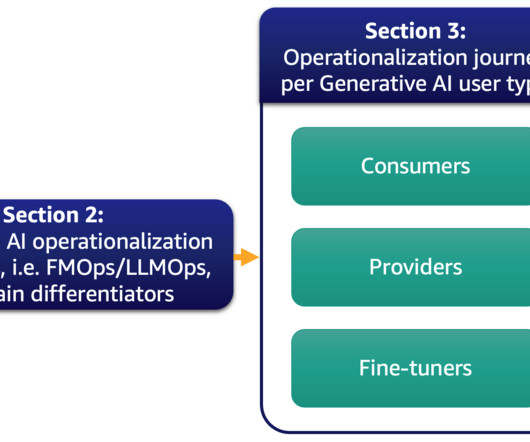How Artificial Intelligence is Transforming Customer Experience
Nicereply
APRIL 5, 2023
Amazon : Amazon’s AI chatbots are trained to understand natural language and are perfectly capable of answering common customer questions and handling simple queries. The chatbots can intelligently escalate queries to a human customer service representative if a customer’s issue cannot be resolved.















Let's personalize your content